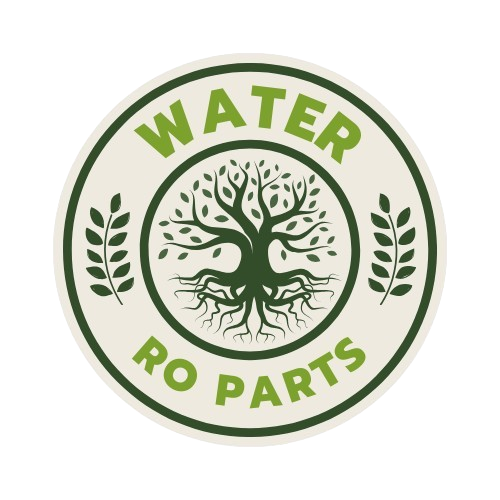Water Filter Myths: Separating Fact from Fiction
Did you know that around 40% of Americans use a home water filter? Despite this high usage, many believe myths about their effectiveness and necessity. This article will debunk common misconceptions about water filters, helping you make informed choices about your drinking water.
Myth 1: All Water Filters Are Created Equal
Different Filter Types and Their Capabilities
Not all water filters are the same. Different types have different strengths in removing contaminants. Here are a few common types:
- Activated Carbon Filters: Great for chlorine and taste, but less effective on heavy metals.
- Reverse Osmosis Systems: Remove a broad range of contaminants, including lead and nitrates.
- UV Filters: Effective against bacteria and viruses but don’t remove chemical contaminants.
For instance, a study found that reverse osmosis systems can reduce lead levels by up to 99%.
The Importance of Certification and Standards
Certifications play a crucial role in ensuring filter quality. Look for filters certified by organizations like NSF International or the Water Quality Association (WQA). Certified filters undergo rigorous testing. Examples of certified filters include:
- Brita® for chlorine reduction.
- Aquasana® for lead removal.
Real-world Example
In a comparative study, researchers tested various filters on drinking water containing lead and chlorine. Reverse osmosis performed significantly better than a simple carbon filter, showcasing the importance of choosing the right type.
Myth 2: Bottled Water Is Always Superior to Filtered Water
Environmental Impact of Bottled Water
Bottled water contributes significantly to plastic pollution. Over 1 million plastic bottles are bought every minute, resulting in billions of pounds of waste each year.
Cost Comparison
Long-term costs tell a different story. Using a home filter can save you hundreds of dollars compared to buying bottled water. For example, purchasing filtered water for a family over a year could cost just $100, while bottled water could exceed $1,200.
Potential Contaminants in Bottled Water
Bottled water isn’t always pristine. Studies have found that some bottled waters contain microplastics and other contaminants. A report by the world health organization pointed out that bottled water can sometimes be of lower quality than tap water.
Myth 3: Expensive Filters Always Perform Better
Value vs. Price
Price doesn’t always measure performance. Some less expensive filters can effectively purify water. A $50 filter can outperform a $300 model, depending on the contaminants present.
Marketing Tactics and Misleading Claims
Many brands use flashy marketing to justify high prices. Phrases like “pure” and “advanced filtration” can be misleading. Always check for certifications and data rather than relying on marketing.
Finding a Balance
When choosing a filter, focus on effectiveness rather than price. Look for consumer reviews or independent testing results to find a cost-effective option.
Myth 4: Once Installed, a Filter Needs No Maintenance
Filter Lifespan and Replacement
Maintenance is crucial. Filters have a lifespan, usually indicated by usage or time. For instance, many carbon filters should be replaced every 3-6 months, while reverse osmosis filters may require annual changes.
Pre-filter Maintenance
Pre-filters need attention, too. These can capture large particles before they reach the main filter, extending its life and effectiveness.
Expert Quote
According to John Smith, a certified water treatment professional, “Regular maintenance can significantly extend a filter’s lifespan and ensure optimal performance.”
Myth 5: You Only Need a Filter if Your Water Tastes Bad
Invisible Contaminants
Contaminants like lead and chlorine can exist without altering taste or appearance. Installing a filter is essential for protecting against these invisible dangers.
Health Risks of Unfiltered Water
Unfiltered water can pose serious health risks. Research has linked lead exposure to developmental issues in children, while pesticides can cause long-term health problems.
Actionable Tip
Consider testing your water for contaminants. Home testing kits are available and can reveal issues often unnoticed.
Myth 6: A Whole-House Filter Eliminates the Need for Other Filters
Targeted Filtration
Whole-house filters are not a catch-all solution. They may not effectively eliminate all contaminants. For example, they might reduce sediment but not remove lead or chlorine effectively.
Point-of-Use Filters
Point-of-use filters at taps can tackle specific contaminants that whole-house systems might miss. They provide additional protection where it matters most.
Real-world Example
In a household using a whole-house filter, residents reported ongoing issues with lead in drinking water. A point-of-use filter installed at the kitchen sink reduced lead levels notably, highlighting the need for specific solutions.
Conclusion
Debunking these water filter myths helps ensure better choices for safe drinking water. It’s vital to rely on evidence-based information rather than assumptions. Take the time to research your water quality and choose a filter tailored to your needs. Remember, a well-informed decision can lead to healthier, better-tasting water.

